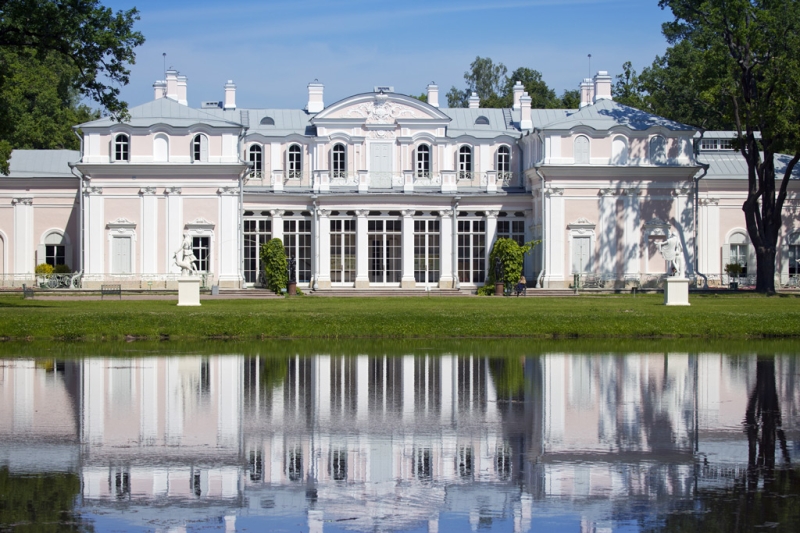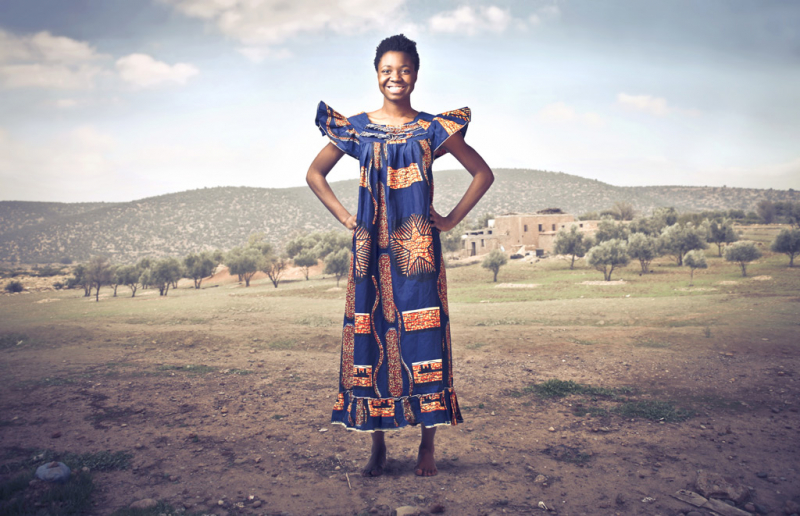
The Chinese Palace in Oranienbaum is the only surviving monument of the Rococo era in Russia with original interiors of the 18th century. Once again: the only and genuine one. This is enough to make you want to go on a trip.
Where is it? The city of Oranienbaum and the palace and park ensemble of the same name located in it is located 40 kilometers from St. Petersburg. Admittedly, it is inferior in fame to other residences located along the same Old Peterhof Road – primarily Strelna and Peterhof (who hasn’t heard of the gushing Samson). And it loses to them because of its slightly greater distance from St. Petersburg, although it is only 15 minutes by car from Peterhof to Oranienbaum. But Oranienbaum is the only one among all the palace and park suburbs of St. Petersburg that was practically not damaged during the Great Patriotic War.

How to remember the name? Translated from German, “oranienbaum” means “orange tree.” It is also depicted on the city’s coat of arms. One of the legends connects the origin of the name with an episode of the Northern War, when here, on the territory of the future possessions of Peter I’s associate Alexander Menshikov, a small greenhouse of orange trees was found in 1710, above each of which the inscription “Oranienbaum” was inscribed. Peter liked the find so much that he wanted to give the estate that name.

Who else lived here?Since the 1740s, Oranienbaum belonged to Grand Duke Peter Fedorovich, the future Emperor Peter III. The Grand Duke did not get along well with his wife, Grand Duchess Ekaterina Alekseevna, the future Empress Catherine II, so the Upper Park was formally divided into two parts: one for Peter Fedorovich’s construction projects, the second for Ekaterina Alekseevna’s own dacha. It is important to know: in court terminology, the definition of “own” meant that a particular building, pavilion or garden was intended for imperial persons, and only selected persons were invited here. That is, the Chinese Palace and its surroundings are the personal residence of Catherine II. Therefore, there is no ceremonial grandeur of Peterhof or Tsarskoye Selo here – this is a place for our own.

What about the Chinese Palace?The Italian Antonio Rinaldi (1709-1794), the founder of the Rococo style and early classicism in Russia, was involved in the design of the palace. Construction took place from 1762 to 1768. The palace is located among greenery, on a low stylobate forming a terrace in front of a pond; it looks like an elegant garden pavilion with large windows and doors, creating the illusion of complete unity with nature. Outwardly restrained and even modest (originally one-story), the palace amazes with the luxury of its interior decoration, starting with the lampshades and ending with stacked parquet floors, the motifs of which are repeated on the lampshades or vice versa. The very names of the state rooms – the Glass Cabinet, the Damask Bedchamber, the Hall of the Muses, the Blue and Pink Living Rooms, the Large and Small Chinese Cabinets – speak of the exclusivity and originality of the palace premises. There are no repeating frames of doorways, panels, doors; each interior is completely independent. Several interiors in the spirit of Chinese aesthetics – a tribute to the fashion of the time – gave the name to the entire palace. However, the main celebrity of the palace is the Glass Cabinet, which managed to preserve the original decoration of the 1760s. A unique case.
What a glass bead cabinet looks like?The walls of the room are decorated with 12 decorative panels. They are based on a canvas completely covered with threads, with mother-of-pearl glass beads strung on them. The glass beads are covered with embroidery in chenille, a fleecy twisted silk in warm pastel shades. Chenille has a not very bright, but rich range of colors: soft pink, pale raspberry, cherry, golden yellow, green, blue, orange. Exquisite and complex compositions with birds, flowers, and butterflies unfold against a sparkling background. The decoration of the cabinet is not only beautiful, but also has substance. Some bird stories are recognizable due to well-known plots of fables and parables. For example, the fable about the rooster Trojan War. The panels are enclosed in frames with gilded carvings imitating tree trunks entwined with leaves, flowers and bunches of grapes.
And two more words about the merits of the Chinese Palace as a whole. The most significant part of his painting collection consists of lampshades painted specifically for the palace. None of the surviving Russian palaces has such a collection of lampshades. And parquets with a total area of more than 700 square meters. meters, in terms of richness and diversity of tree species (in some sets up to 15 species),
in terms of the complexity of the set design and the craftsmanship, perhaps they have no equal in the world.

When to go to the Chinese Palace? The museum is open to the public from the end of May to the end of September. The palace may be closed during rain and high humidity – museum workers take care of the safety of the interiors. Therefore, find out about the museum’s opening hours immediately before your trip.

What else to see in Oranienbaum? Park. Large (over 160 hectares),
original, beautiful. Open all year round, you can ride a bike. The Great Menshikov Palace is larger than the Great Peterhof Palace. Two more creations of Anthony Rinaldi: the Rolling Hill pavilion (an amazingly airy structure) and the Palace of Peter III (a miniature palace in terms of its sophistication of proportions and sophistication of decor, one of the most perfect works of architecture of the 18th century). The Picture House Museum opened after restoration in 2015. There are interesting exhibitions in the Chinese Cuisine pavilion, and worthwhile concerts in the Stone Hall.
You can book a hotel room on the website or in the OneTwoTrip app.

